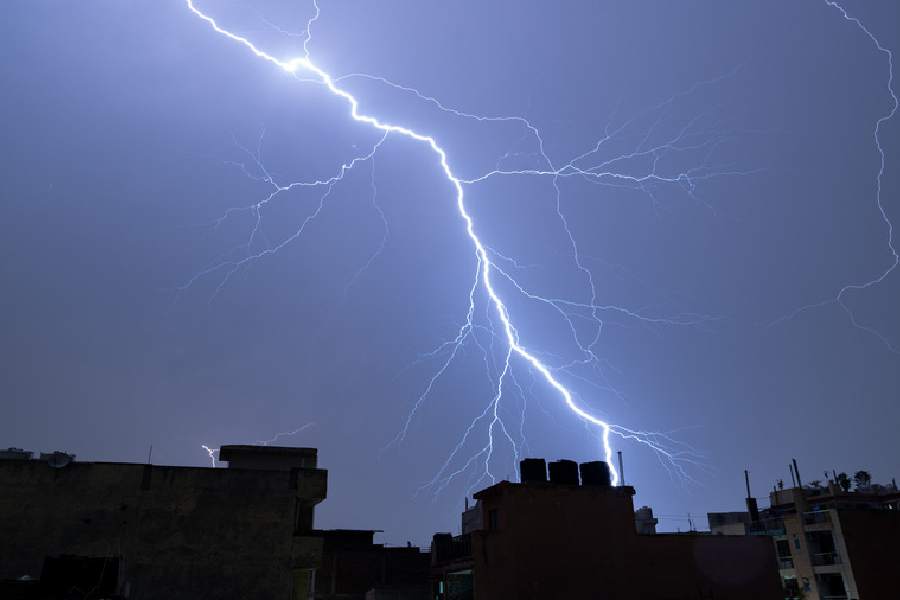Magnus Carlsen has been the best chess player in the world for almost forever in recent living memory. He had won almost every championship except the World Cup. On Thursday, he ticked that box too.
One can draw parallels between the 32-year-old Norwegian chess ace and Novak Djokovic, the king of grand slams. Magnus has more championships than any other top chess player currently playing and also begins as the favourite against any opponent in the world.
As Magnus was in pursuit of this elusive World Cup, sitting across him in the final was the 18-year-old R. Praggnandhaa. Pragg turned 18 only during the World Cup, which is a gruelling tournament lasting more than 25 days, which is almost twice as long as any other tournament.
Pragg has been the youngest to achieve virtually every feat in chess. Pragg was not only amongst the youngest ever to earn the grandmaster title, but was also the youngest to beat Magnus, the world champion, in 2022. And just to make it clear that it was not an accident, Pragg defeated Magnus three more times only a few months later. If Magnus is Novak, then Pragg could very well be the 20-year-old Carlos Alcaraz, the upcoming star of tennis.
The finals began with two games of classical chess, the traditional and the longest format in chess.
Pragg started with the White pieces, which is similar to having the advantage of a serve in tennis. Pragg created subtle pressure, but Magnus was up for the challenge and neutralised all of Pragg’s pressure. The first game ended in a draw.
In the second game, the colours were reversed, and it is Magnus’s turn to have the White advantage. Leading up to the final, Magnus had won all the games with White in the tournament, except for a solitary draw, which came in a match where a draw sufficed to see him through to the semi-finals, against Pragg’s compatriot, the 17-year-old Gukesh.
However, in the second game, Magnus surprised everyone by playing unambitiously and liquidating the game towards a draw right from the outset. Pragg was only too happy to draw with the Black pieces. This was potentially explained by the fact that Magnus had a bout of food poisoning before the first game.
But Magnus is also not new to adopting such a strategy of drawing with White in the classical portion to enforce a tie-break. Magnus followed the same strategy in the last games of his World Championship matches in 2016 and 2018, preferring to go to the rapid tie-breaks rather than play it all out in
the classical. However, those games were against Magnus’s colleagues, close to his age.
The question was would the same strategy work against Pragg, who has himself proven very adept in the faster formats, growing with it from his childhood and also beating the likes of the world No. 2, Hikaru Nakamura, his compatriot, Arjun Erigaisi, and the world No. 3 Fabiano Caruana in the tie-breaks along the way to reach the final.
The match stood at 1-1 after the classical portion and went to a set of two tie-breaks of rapid chess, the faster format. Pragg started with White, got a good position out of the opening and started to exert some serious pressure against Magnus. Magnus manages to neutralise it, and it goes to the thrilling last few minutes, into the endgame, with 2 minutes for each player remaining.
Magnus’s endgame play is like Sourav Ganguly’s offside game. He defeated the 5-time world champion, the legend, Vishy Anand in their matches in 2013 and 2014 with his adept play in the endgames. His win against Gukesh in the quarter finals also came in the endgame.
Magnus weaved his magic and turned the match around in the 40th move of the 3rd game. After three weeks of overcoming the sternest challenges and seeming invincible, Pragg finally seemed out of ideas with this sudden turn of events. Magnus took the lead and, more importantly, he had ‘broken’ Pragg’s ‘serve’ by winning with Black.
Pragg had only one chance to hit back in the 4th game with Black. Pragg had been there and done it, in his quarter-final duel against Erigaisi. However, Magnus had clearly studied that match and used the lessons learned from that match to improve on his opening. Pragg virtually got no chance and had to go on the back foot from the beginning. Magnus managed to hold on to his lead, drawing the game without much problem, thereby winning his elusive World Cup title.
It might be disappointing for the Indian fans and Pragg especially, but Carlos did lose to Novak in the French Open before winning in Wimbledon.
The Chennai-based writer is a grandmaster and vice-captain of the Indian team which won the gold medal at the Fide Online Chess Olympiad 2020










